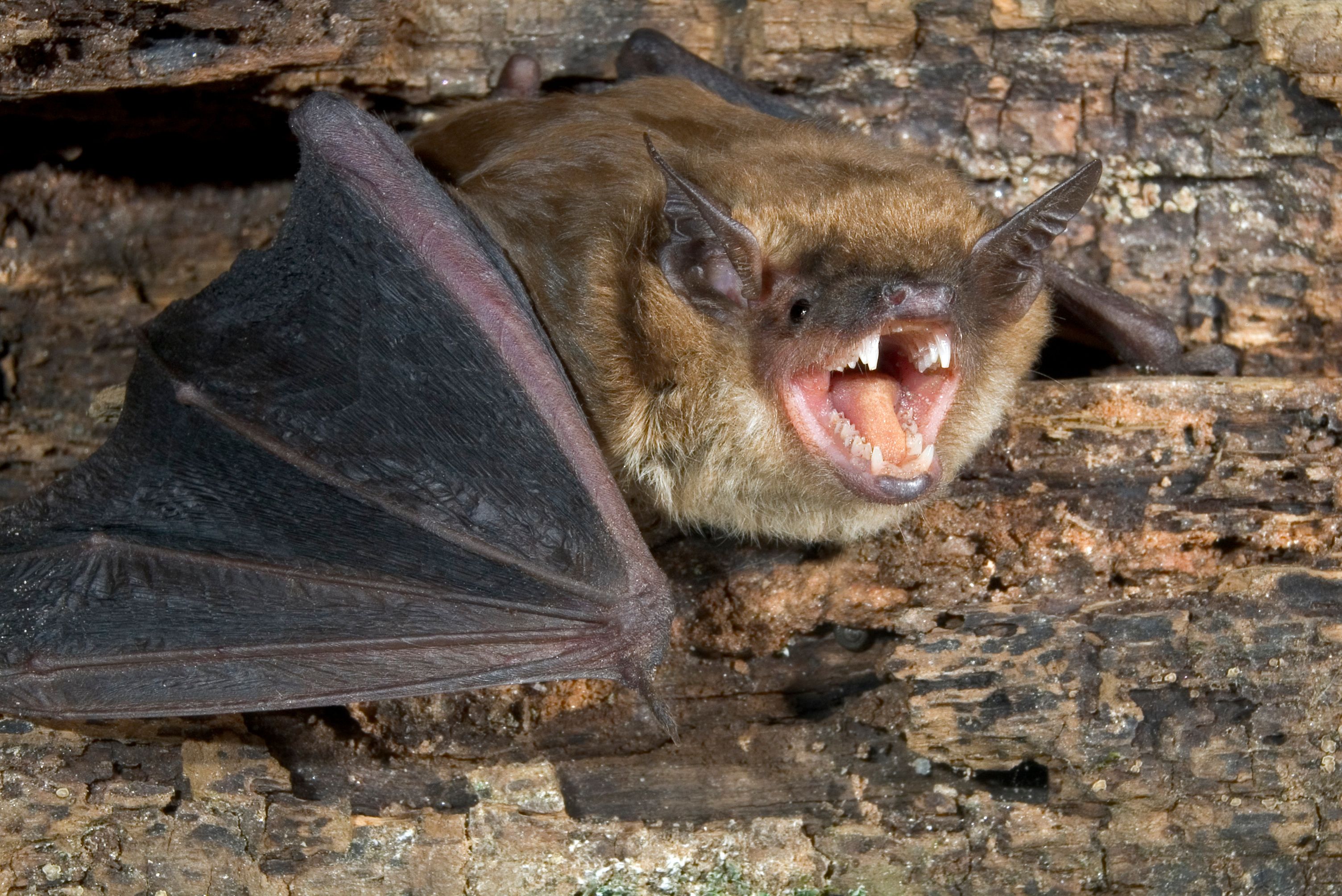Photo: Ivan Kuzmin/Adobe Stock

It has been demonstrated that improvements in rabies prevention contribute to a decrease in animal-to-human transmissions. But pets, cattle, and other mammals are still at risk of contracting rabies. The Global Alliance for Rabies Control established World Rabies Day with the goal of raising awareness of the illness and how it impacts One Health.
Approximately 5,000 cases of animal rabies are reported to the CDC in the United States each year. More than 90% of those cases are linked to wildlife, primarily foxes, skunks, raccoons, and bats, as the primary reservoir hosts for the infection.2. In addition, cases of rabies have been documented in horses, farm animals, dogs, cats, ferrets, and other species. At the 2023 Fetch dvm360 conference in Kansas City, Missouri, Janice O’Brien, DVM, MPh, DACVPM, a One Health practitioner who has served on rabies advisory boards, stated, “Squirrels and mice can [also] get it but are not considered to be high risk.”3.
Out of the 127 cases of rabies that were reported in humans between 1960 and 2018, about 25% were linked to dog bites, and 70% were linked to bat exposure.2. “Unfortunately, there are risks associated with the wildlife that people love,” O’Brien said.
According to O’Brien, saliva can spread the rabies virus through scratches, bites, open wounds, or mucous membranes. Aggressive behavior, excessive mouth wetness, unusual tameness, a paralyzed appearance, difficulty swallowing, and general illness are some of the variable clinical signs.3.4 “[Animals] will exhibit neurological symptoms as soon as they become infected. She declared, “It’s [for them] 100% fatal.”
The incidence of rabies in the US has been successfully decreased by preventive treatments. Only 1-2 rabies-associated human deaths have been reported annually since 1960, compared to over 100 rabies-related deaths recorded annually in the early 20th century, according to the CDC.2 In the US, fewer than 20 people are known to have survived clinical rabies. Just a small percentage of those who survived had never had PEP or pre-prophylaxis.
The number of human deaths from the disease has decreased, according to the CDC, and this is attributed to pet vaccinations, animal control programs, public health surveillance and testing, and post-exposure prophylaxis (PEP). Over 60,000 people in the US are given PEP annually after being suspected of being exposed through a bite or scratch. O’Brien did, however, issue a warning that PEP isn’t always effective in humans and mentioned that in a small percentage of cases—roughly 4%—dogs who had received prior vaccinations against the illness—though those vaccinations weren’t always current—also experienced the illness.
Due to the high mortality rate associated with infection, many US jurisdictions now have laws requiring dogs to receive the rabies vaccine. The American Animal Hospital Association reports that the canine rabies virus variant was eradicated from the United States in 2008 as a result of routine rabies vaccinations given to owned dogs. However, cases of domestically infected dogs with other rabies strains are still being reported.
“Every year, the canine variant of rabies kills 56,000 [humans], mostly children, outside the borders of the United States,” stated O’Brien. She gave as an example of government action taken to lower the risk of infection in the US the 2023 federal ban on dogs entering the country from nations with a high risk of canine rabies.
By informing clients about the illness and preventive measures, veterinarians can contribute to the awareness-raising effort against rabies. Many people are unaware of the risk to human health posed by dog-associated zoonotic diseases, such as rabies, according to the findings of a 2010 study on public knowledge of these illnesses. Only 59% of respondents to the study, which polled 922 randomly selected homes in Brazos County, Texas, said they were aware of the potential for death from rabies, and only 85% said they would seek emergency medical attention if they thought they had been exposed to the disease.
References
- World Rabies Day. Global Alliance for Rabies Control. Accessed September 28, 2023. https://rabiesalliance.org/world-rabies-day?utm_term=world%20rabies%20day&utm_campaign=Global+Alliance+for+Rabies+Control&utm_source=adwords&utm_medium=ppc&hsa_acc=5648548125&hsa_cam=32512685&hsa_grp=1179154445&hsa_ad=296438086997&hsa_src=g&hsa_tgt=kwd-330404126763&hsa_kw=world%20rabies%20day&hsa_mt=b&hsa_net=adwords&hsa_ver=3&gclid=CjwKCAjwyNSoBhA9EiwA5aYlb30_GKmD8EN2Nhw7jK9Jg06_o42rhhtKpXJdYiZo79YzJPchxGNszxoCMFsQAvD_BwE
- Rabies in the US. CDC. April 6, 2020. Accessed September 28, 2023. https://www.cdc.gov/rabies/location/usa/index.html
- O’Brien. Dogs, cats, and chicken, oh my! Presented at Fetch dvm360 conference; Kansas City, MO: August 25 to 27, 2023.
- Animals and rabies. CDC. January 6, 2022. Accessed September 28, 2023. https://www.cdc.gov/rabies/animals/index.html
- What are the signs and symptoms of rabies? CDC. December 23, 2021. Accessed September 28, 2023. https://www.cdc.gov/rabies/symptoms/index.html
- Rabies. American Animal Hospital Association. Accessed September 28, 2023. https://www.aaha.org/aaha-guidelines/2022-aaha-canine-vaccination-guidelines/key-vaccination-considerations-by-antigen/rabies/
- Bingham GM, Budke CM, Slater MR. Knowledge and perceptions of dog-associated zoonoses: Brazos County, Texas, USA. Prev Vet Med. 2010;93(2-3):211-221. doi:10.1016/j.prevetmed.2009.09.019
